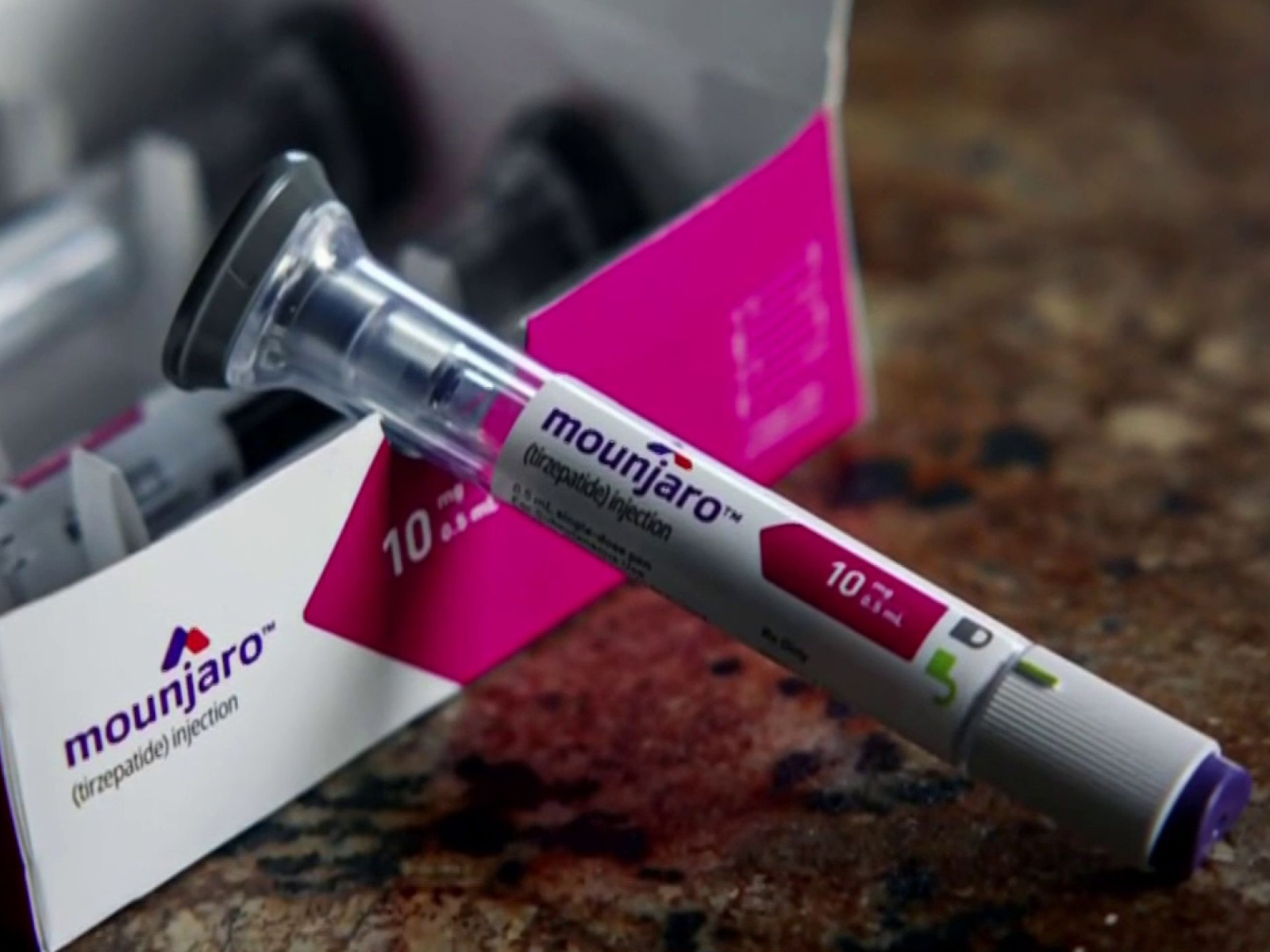What Causes Liver Cirrhosis Symptoms?
Liver cirrhosis is a severe condition where healthy liver tissue is gradually replaced with scar tissue, impairing the organ's ability to function correctly. The development of liver cirrhosis often occurs over many years due to chronic liver damage. While the liver is known for its regenerative capabilities, long-term damage can overwhelm this process, leading to the accumulation of scar tissue. Liver Cirrhosis in Dubai is a condition that requires careful evaluation and professional medical attention to manage its impact effectively.
Understanding Liver Cirrhosis
Liver cirrhosis is the result of chronic liver damage caused by various factors, such as excessive alcohol consumption, viral infections like hepatitis B and C, or autoimmune diseases. Over time, the liver's normal structure is replaced by fibrotic tissue, disrupting its ability to filter toxins, produce proteins, and regulate essential functions like digestion and energy metabolism.
Key Causes of Liver Cirrhosis
- Chronic Alcohol Use: Prolonged and excessive alcohol intake is one of the most common causes of liver cirrhosis. Alcohol damages liver cells, leading to inflammation and eventual scarring.
- Viral Hepatitis: Hepatitis B and C infections are major contributors to liver cirrhosis. These infections cause persistent inflammation, gradually damaging liver tissue.
- Non-Alcoholic Fatty Liver Disease (NAFLD): Often linked to obesity and metabolic syndrome, NAFLD can progress to non-alcoholic steatohepatitis (NASH) and eventually cirrhosis.
- Autoimmune Disorders: Autoimmune hepatitis occurs when the body’s immune system mistakenly attacks liver cells, leading to chronic damage.
- Bile Duct Diseases: Conditions such as primary biliary cholangitis or primary sclerosing cholangitis cause damage to the bile ducts, which can result in liver scarring.
- Genetic Disorders: Hereditary conditions like Wilson’s disease or hemochromatosis can cause liver cirrhosis by altering the metabolism of essential substances.
Recognizing Symptoms of Liver Cirrhosis
Symptoms of liver cirrhosis may not appear in the early stages. As the disease progresses, common symptoms include:
- Fatigue and weakness
- Jaundice (yellowing of the skin and eyes)
- Swelling in the legs and abdomen (edema and ascites)
- Easy bruising or bleeding
- Digestive issues, including nausea and loss of appetite
- Confusion or memory problems due to toxin buildup in the brain (hepatic encephalopathy)
Diagnostic Approach to Liver Cirrhosis
Doctors use a combination of clinical evaluation, imaging studies, and laboratory tests to diagnose liver cirrhosis. Common methods include:
- Physical Examination: Detecting physical signs such as an enlarged liver or spleen, jaundice, or swelling.
- Blood Tests: Measuring liver enzymes, bilirubin levels, and clotting factors to assess liver function.
- Imaging Techniques: Ultrasound, CT scans, or MRI provide detailed visuals of liver structure and detect signs of scarring or nodules.
- Liver Biopsy: A small tissue sample may be taken to confirm the extent of scarring.
- Endoscopy: Used to check for varices (enlarged veins) in the esophagus or stomach, common in advanced cirrhosis.
How Doctors Manage Liver Cirrhosis
Treatment for liver cirrhosis focuses on preventing further liver damage and managing complications. Key approaches include:
- Addressing the Underlying Cause: Doctors identify and address the root cause of liver damage, such as treating viral hepatitis or managing alcohol dependence.
- Nutritional Support: Specialized dietary plans can help support liver function and manage complications like malnutrition.
- Monitoring and Treating Complications:
- Ascites: Fluid buildup in the abdomen is managed through dietary sodium restrictions and, in some cases, paracentesis.
- Varices: Doctors may recommend endoscopic treatments or medications to reduce the risk of bleeding.
- Infections: Prompt treatment of infections is crucial, as patients with cirrhosis are at increased risk.
- Hepatic Encephalopathy: Managed with medications that reduce toxin levels in the bloodstream.
For advanced cases, liver transplantation is often the only curative option. Transplant eligibility is determined based on the severity of liver failure and overall patient health.
FAQs
What is liver cirrhosis, and how does it develop?
Liver cirrhosis is the advanced scarring of the liver caused by chronic damage from factors like alcohol, infections, or metabolic conditions.
What are the early signs of liver cirrhosis?
Early symptoms may include fatigue, mild digestive discomfort, and general weakness. Symptoms often go unnoticed until the condition progresses.
Can liver cirrhosis be reversed?
While the scarring from cirrhosis is permanent, early intervention can slow its progression and manage symptoms effectively.
How is liver cirrhosis diagnosed?
Doctors use blood tests, imaging studies, and sometimes a liver biopsy to diagnose and assess the severity of cirrhosis.
What are the complications of untreated liver cirrhosis?
Untreated cirrhosis can lead to life-threatening complications, including liver failure, variceal bleeding, and hepatic encephalopathy.
Conclusion
Understanding what causes liver cirrhosis symptoms is essential for early diagnosis and effective management. Prompt medical evaluation and intervention are critical to managing the condition and improving patient outcomes. If you're seeking professional treatment options, Liver Cirrhosis in Dubai is best managed with expert medical guidance tailored to your individual needs.




Comments
Post a Comment